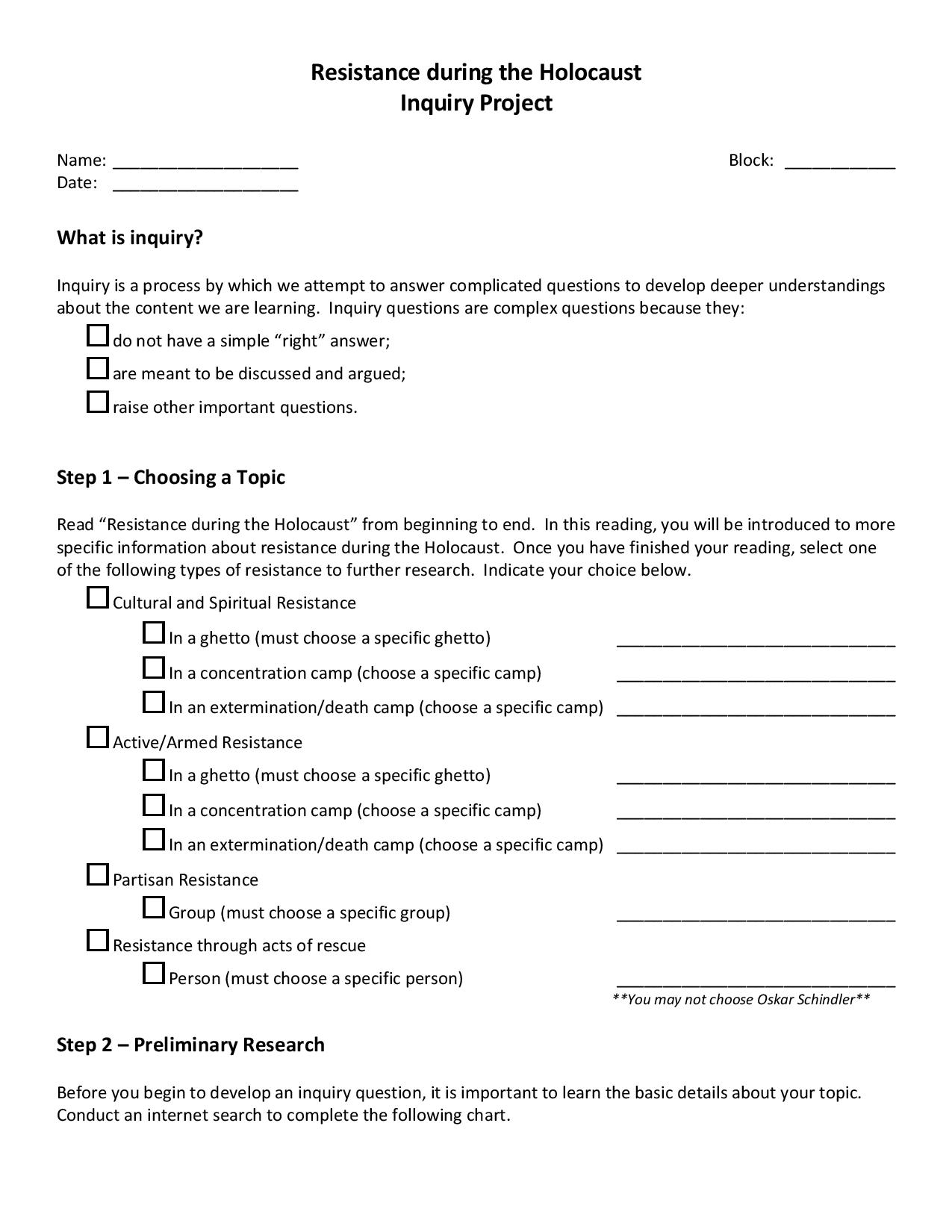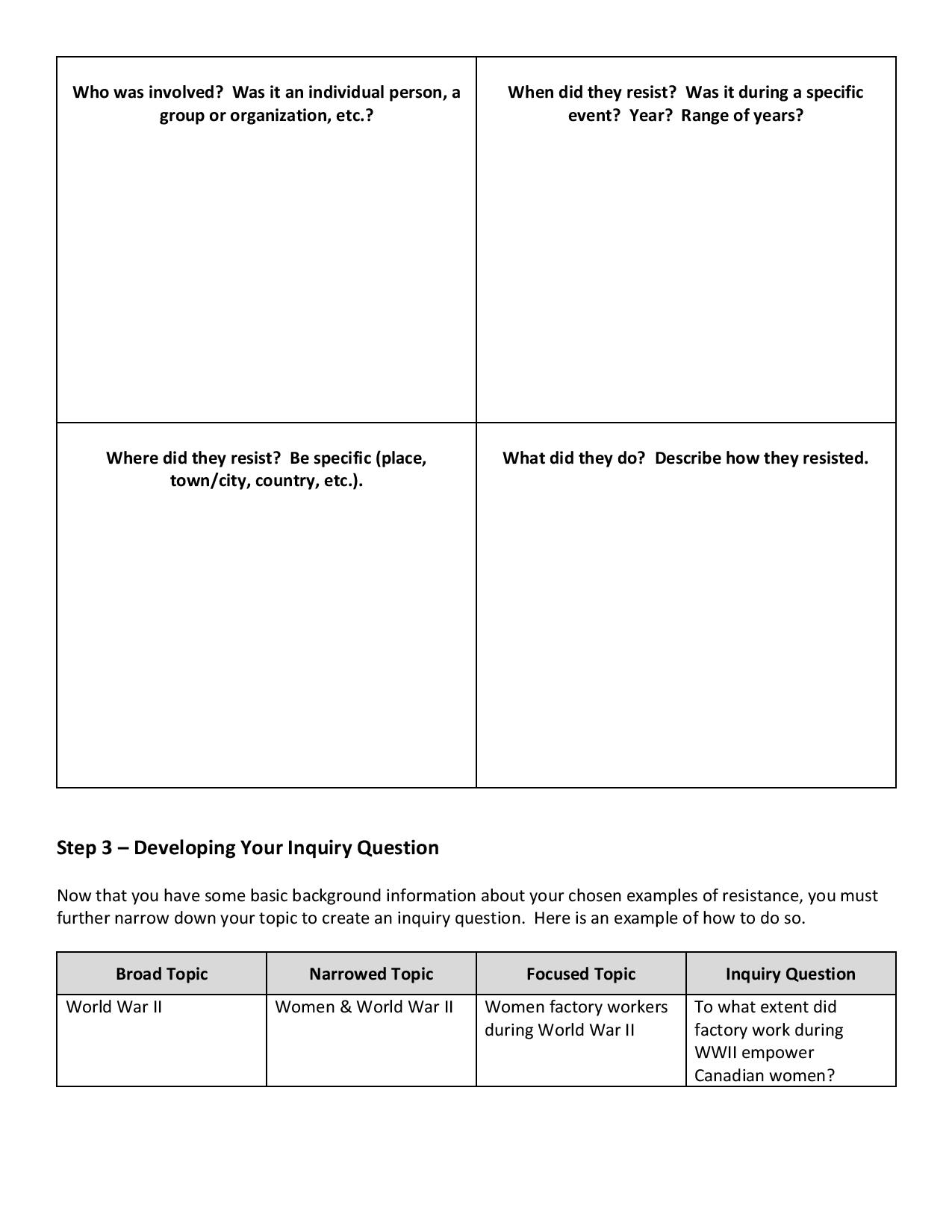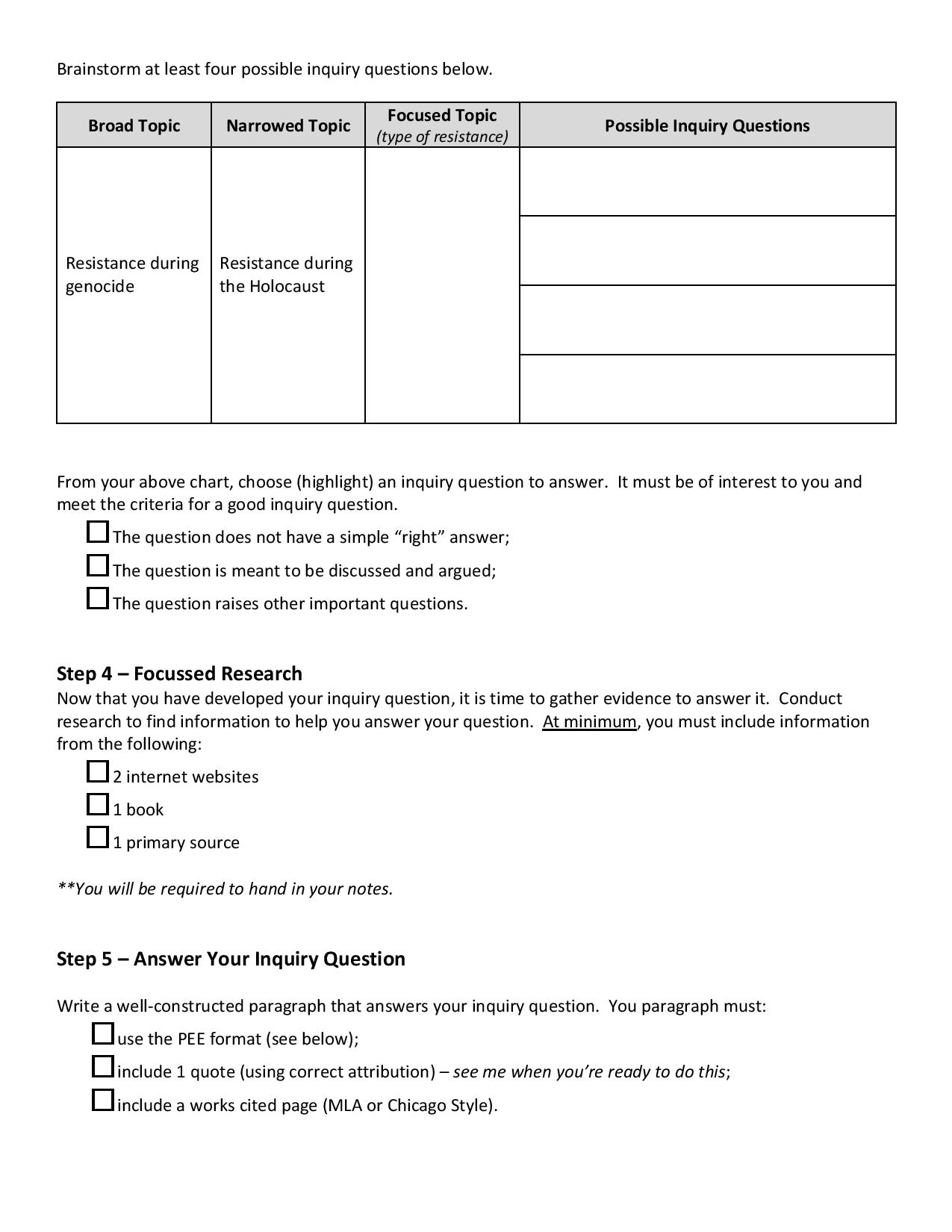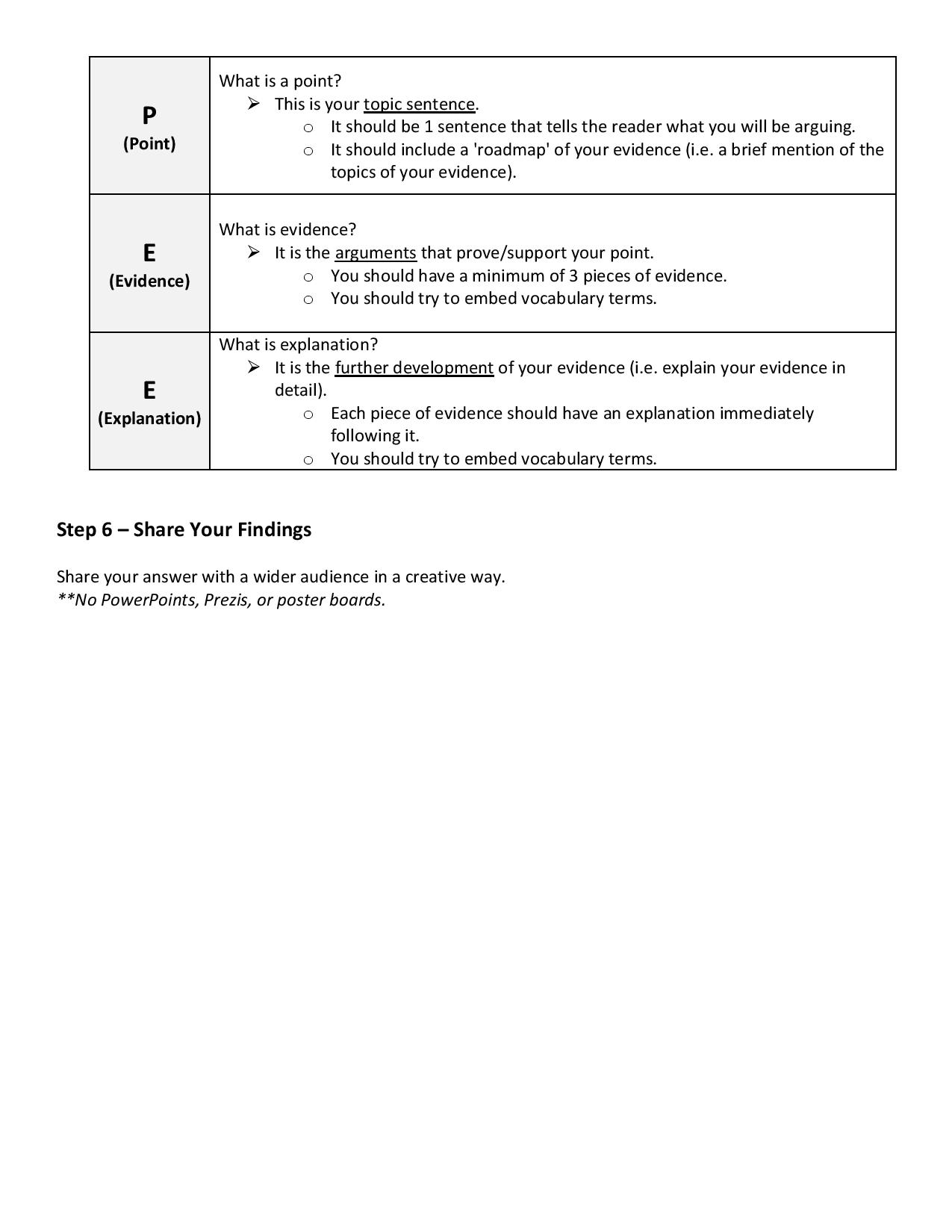In this blog post, British Columbia educator Lindsay Hutchison shares how she engaged her Genocide 12 course students in an inquiry project on resistance during the Holocaust. She walks us through the design and reflection behind this project and shares her assignment outline and several of the students' creative responses.
Over the past few years, we have seen massive change in British Columbia’s education system. New curriculum for Kindergarten to Grade 9 was implemented for the 2016/17 school year, followed by Grade 10 for 2018/19 and grade 11 and 12 for 2019/20. With it, this new curriculum has brought forth a reframing of the understanding of the complex interplay between skills and content and what it means to be a 21st century citizen. Regardless of grade or subject, our students are challenged to gain a better understanding of their communities – both local and global – and their capacity to make change. Such emphasis is evident in the 15 new senior social studies electives our province offers. Genocide Studies 12 is one of these electives.
During the 2017/18 school year, I was one of a handful of teachers in my district to pilot Genocide Studies 12. Having taken some Facing History and Ourselves professional development and having used some of their resources in my 20th Century World History classes, I was convinced to do the same for this new class. I structured my course according to FHAO’s “scope and sequence” and planned my lessons with the “pedagogical triangle” in mind.

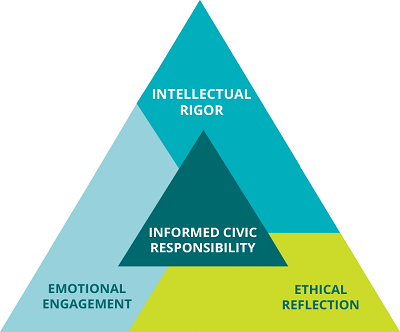
At the end of last year, as I reflected on teaching the course for the first time, I realized I needed to spend more time on the concept of resistance. In world history survey classes, the question “why didn’t people resist?” was often asked and I wanted to make sure my students knew that many people did resist. However, I only focused on armed resistance – Warsaw and Vilna specifically – and my students walked away with an incomplete understanding of the complex ways one can resist.
Inquiry Project: Resistance
My intent for this year’s resistance lessons was to show that resistance can take many forms and that acts of resistance occurred in many different settings and at many different times. Due to the sheer number of documented acts of resistance, I decided that an inquiry project would be the perfect fit for this topic as it would allow students to have some choice in their research and lay the groundwork for honouring multiple stories.
We began by brainstorming examples of resistance in our own lives and used these experiences to build a working definition of “resistance.” I then introduced students to different categories of resistance: cultural/spiritual, active/armed, partisan, acts of rescue. Students selected one of these four categories and chose a specific place, group or person linked to one of these categories to investigate. Since everyone chose a different topic it quickly became evident to the students how much resistance there must have been in order to have this many stories to investigate.
Research
Once students chose their topics, they began by conducting some preliminary research to answer basic questions:
- Who was involved? Was it an individual person, a group or organization?
- When did they resist? Was it during a specific event?
- Where did they resist? In what town/city, ghetto, camp, country?
- What did they do? How did they resist?
As they researched, students were encouraged to keep the main themes of our course (identity, choices and justice) in the back of their minds. They then used these observations to develop a unique inquiry question about resistance that they could answer using their research as a case study. Subsequent research was conducted in order to answer their inquiry question.
- To what extent does one act of resistance inspire others to act?
- What aspect(s) of one’s identity have the most impact on their decision to act?
Share Your Findings: Written or Creative Piece
At the end of the project, students had to share their findings in two ways: a written and a creative piece. The written piece had to specifically answer the inquiry question, while the creative piece was meant to convey a clear message about the chosen example of resistance. As our new curriculum emphasizes creative thinking as one of our core competencies, PowerPoints, Prezis and poster board presentations were declared ‘off limits.’ The array of final products was as diverse as the acts of resistance they depicted. From poems and visual art pieces to videos and even musical compositions there was a beautiful display of acts of resistance.
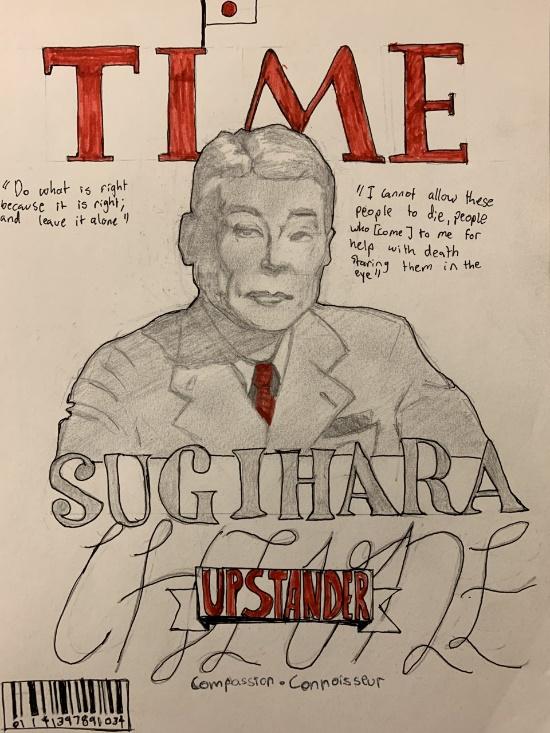 Blessing Nabbimba
Blessing Nabbimba
“Chiune Sugihara – Chronicle of the Compassion Connisseur”
 Jasleen Sandhu
Jasleen Sandhu
“Connections – Raoul Wallenberg”
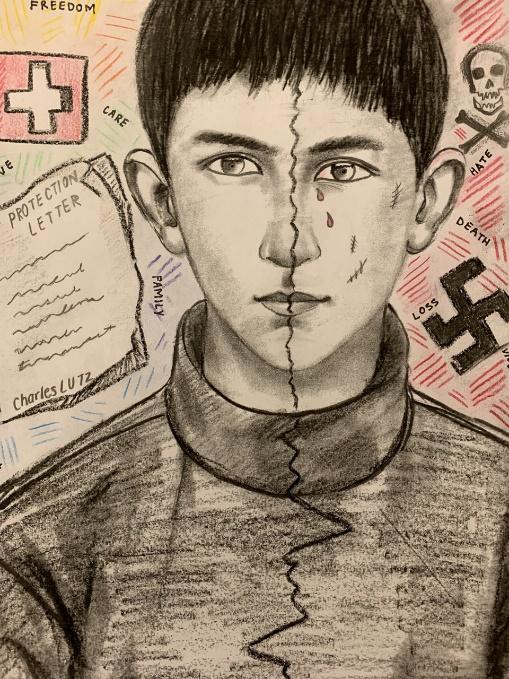 Sanmeet Grewal
Sanmeet Grewal
“Limits”
Gallery Walk
As a class, we engaged in a gallery walk of these products followed by a debrief of what we saw. These are some of their observations:
- Acts of resistance do not have to be big. Small gestures are still disruptive and can have big consequences.
- Acts of resistance can take many forms, not just violence. Something as seemingly small as offering a piece of food is still an act of resistance.
- Resistors come in all ages, genders, cultures, religions, nationalities. There is no ‘profile’ of a resistor.
Attached is a copy of the assignment for you to use in your classroom:
